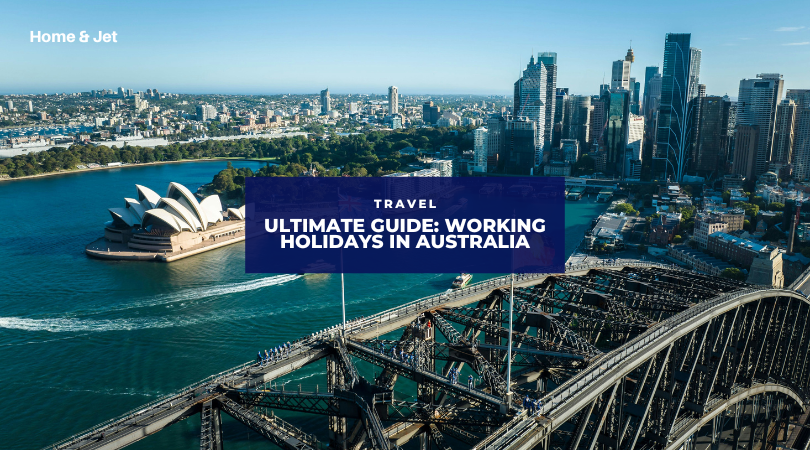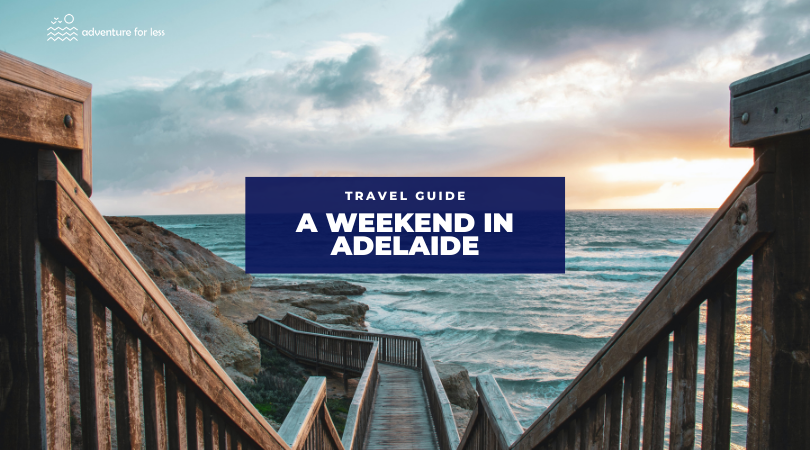The Highest Peaks in Asia
Did you know that some of the highest mountain peaks in the world are located in Asia? There are plenty of stunning mountain peaks to hike and explore in this beautiful continent.
Imagine you are standing on a peak. You are looking here and there, trying to have a clear picture. But the clouds are obstructing your view. You read that right! You are above the clouds. And when you climb the Asian mountains, you pierce through the softness of the clouds to reach the highest point of the world.
If you ever traveled to the Himalayan side for an expedition, you must have witnessed the unending mountainous range. Or if you ever spent your vacations at the heavenly beautiful Northern side of Pakistan, you haven’t missed the Karakoram range that lies in the elevated portion of China and Gilgit-Baltistan, Pakistan.
Let me guess. You are thinking, how does it feel being above the clouds? You can really be on cloud nine! In this post, we will cover the following peaks in detail:
Mount Everest – China and Nepal
K2 (Karakoram 2/Mount Godwin Austen) – Pakistan and China
Kangchenjunga – Nepal and India
Listen to this big news before we move ahead: There are some amazing winter travel discounts available. Plan your vacations to enjoy the wild snowy peaks cooling down the whole Asian heights.
Let’s pack your bag and start with the highest peak.
Mount Everest – 8,849 Meters
You already know that Mount Everest is the highest mountain in the world. But do you know that over 4,000 summits have been made on top of this most elevated peak? Yes, it’s true! And since the number is probably increasing annually, you can read a lot about Mount Everest’s summit stories.
This gigantic mountain is a part of the Himalayan mountain range. Pakistan, India, Nepal, and Bhutan are connected through this extensive range of mountains. The range ends in the Brahmaputra river of the Indian eastern section.
You must be in awe after knowing the massiveness of the Himalayan range. And that’s not it. According to a survey, the Himalayan series of highest mountains accommodate more than 100 peaks that ascend at 7,200+ meters. And you’ve already found out which one is the highest!
At such a height, the area around Mount Everest serves with low air pressure. That means that the oxygen level in the area begins to decrease. And it will decrease as you keep climbing up. Does that sound problematic? Well, if you don’t live up there, then yes. But what about habitats of Nepal heights?
These people are known as Sherpas, the mountain guides. They are climatized to such low air pressure. But if you are planning to pack the hiking gear, make sure to consult a guide for a secure experience.
K2 (Karakoram 2) – 8,611 Meters
Fear not, as this mountain is called the savage mountain. Your subconscious mind must be labeling K2 as a deadly place to climb. It’s factually true. K2 has sent 91 people to their final abode so far.
The second-highest peak shares its grandeur in Pakistan-administered Kashmir and in China-administered territory.
During your voyage, when you are closing the distance from K2, a heinous vibe will begin to haunt you. That’s natural. A mountainous peak where some people are still lying, covered in snow. People who cried and yelled in the dark, horrible nights and eventually snuggled themselves in the frosty blanket. All these incidents are true one way or another.
So what makes K2 more dangerous than Everest? It’s attractive yet killer routes. The deadly ridges, inclemently crushing winds, and don’t forget, the susceptible surface in the eastern phase of Mount Godwin Austen.
More on K2? Well, you missed something in its name. Why K2? Why not K1? Or is there a K1?
Yes! There is a K1, known as Masherbrum. If you travel the Himalayan region, the first peak will be K1. And then comes the savage mountain.
K1 is 7,821m elevated, and to your surprise, it’s one of the most difficult peaks to climb. Only four-five successful ascents have been done on K1.
Kangchenjunga – 8,586 Meters
The 3rd highest peak, also known as the Queen of the Mountains, Kangchenjunga (the five treasures of snow). I know you struggled with the name, and we did the same to be honest!
This marvelous mountain starts with the Himalayan range from the Eastern side of Nepal and shares the Southern phase of Tibet, China. There are four routes that allow mountaineers to climb this beauty. But since 2000, the Indian government has put a ban on climbing Kangchenjunga from the countryside.
Due to the lack of appropriate climbing routes, Kangchenjunga has not been explored much.
If you don’t know, there are a lot of stories associated with this glorious peak. In 1925, an expedition of geology from Britain informed about a bipedal creation in this mountain. When asked, the locals said that it could be the Kangchenjunga Demon!
Kangchenjunga was first summited on May 25, 1955, by George Brown and Joe Band from the 1955 Kangchenjunga expedition.
Final Thoughts
So, are you still waiting for a miracle? These are the highest peaks of Asia, and people from all around the world schedule their tour to witness the natural magnificence. If you are trying to calculate the budget, rest assured that these three snowy mountains will not cost you much unless you plan to climb them with a group of Sherpas.
Don’t think that Mount Everest, K2, and Kangchenjunga are the end of the 8,000m list. Here are some more majestic peaks for exploring in Asia:
Lhotse in Nepal/Tibet – 8,516m
Makalu in Nepal/Tibet – 8,463m
Cho Oyu in Nepal/Tibet – 8,201m
Dhaulagiri in Nepal – 8,167m
Manaslu in Nepal – 8,163m
Nanga Parbat in Pakistan – 8,125m
Some of these peaks are so deadly that their trekking is labeled as impossible, like the Pakistani Nanga Parbat, also known as the Killer Mountain, which has claimed 31 mountaineers’ lives.
Therefore, instead of stepping back, plan your next tour towards these mountains and reveal the secrets of nature hidden in the highest snowy peaks of Asia.












